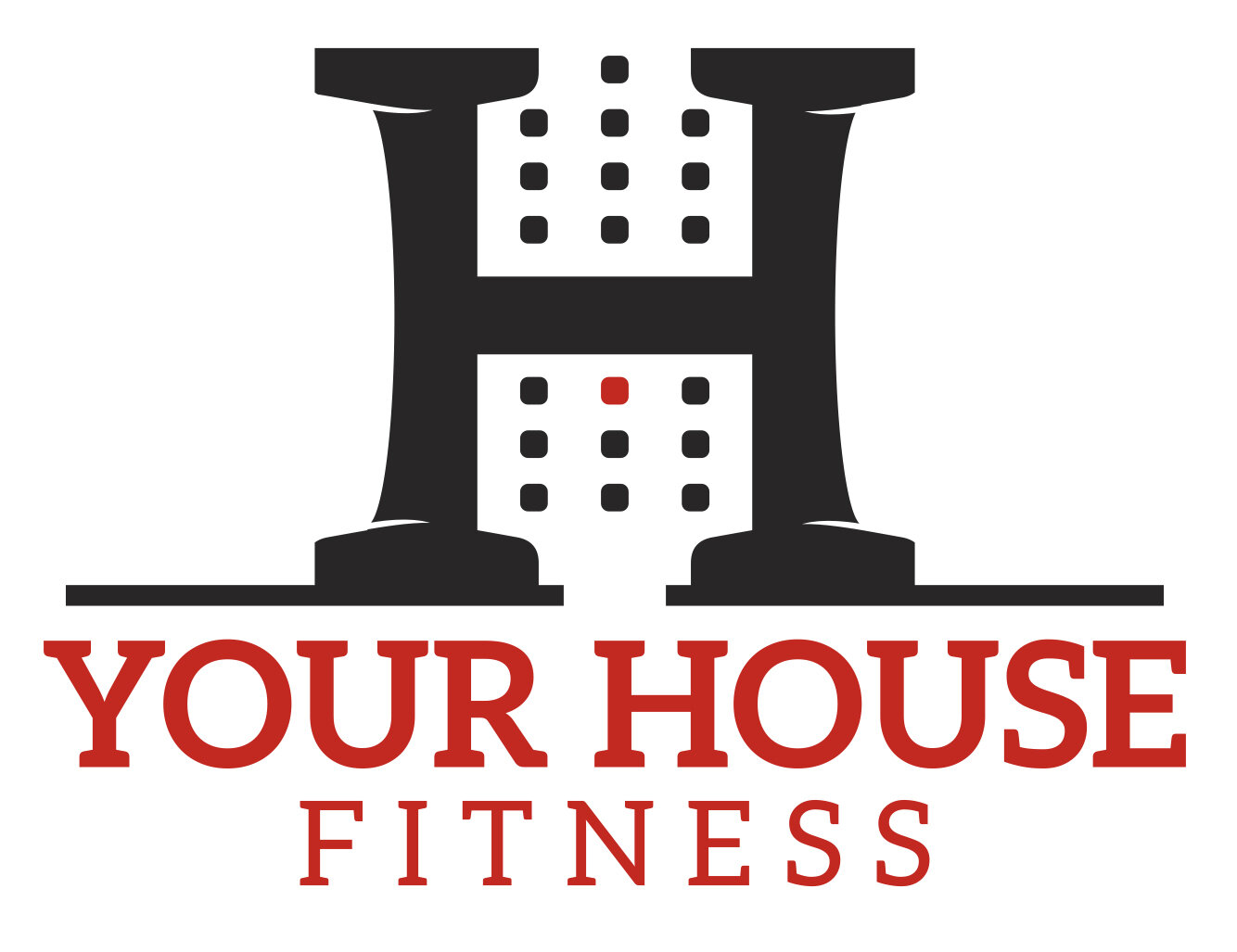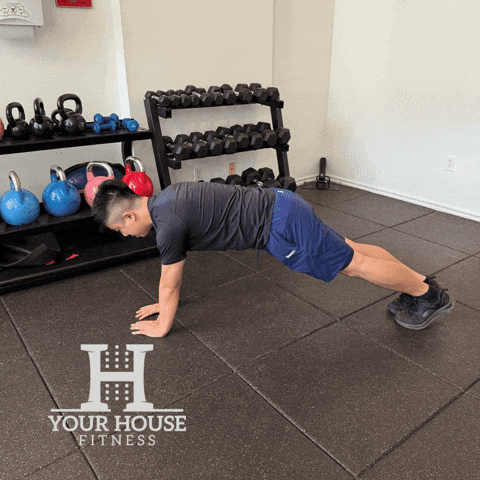How to Do a Push Up Plus
Table of Contents
What Is a Push Up Plus
The push up plus is a variation of the standard push up that incorporates an additional scapular protraction movement at the top of the exercise. This "plus" motion involves pushing the shoulder blades forward through the ground, fully engaging the serratus anterior and other stabilizing muscles.
The push-up plus is often used in rehabilitation programs to improve shoulder mechanics and in strength training to enhance upper body and core stability. It can be performed in different variations, such as with a closer hand position (diamond grip) or a standard push up grip, depending on the desired intensity and application.
How to Do a Push Up Plus
Here’s a step-by-step guide to performing the push up plus, including both the traditional version with a diamond grip and a more practical version integrated into a standard push-up routine.
Traditional Push Up Plus (Diamond Grip):
Place your hands close together on the ground, forming a diamond shape with your thumbs and index fingers. This narrow grip maximizes scapular movement.
Extend your legs back into a high plank position, keeping your body in a straight line from head to heels. Keep your shoulders low and away from your ears.
Pinch your shoulder blades together and down as you lower your body toward the ground, maintaining a flat back and avoiding sagging hips.
Push through your hands to return to the starting position, then add the "plus" by protracting your shoulder blades, pushing them forward through the ground as far as possible. You should feel strong engagement in the muscles around your shoulder blades.
Perform the movement for the desired number of repetitions, ensuring controlled scapular movement each time.
Practical Push Up Plus (Standard Grip):
Place your hands at approximately one and a half times shoulder-width apart, the typical position for a standard push-up.
Begin in a high plank with your shoulder blades fully protracted (pushed forward through the ground) to engage the serratus anterior.
Pinch your shoulder blades together and down as you lower your body into the push-up, maintaining core engagement and a straight body line.
Push back up to the starting position, then add the "plus" by further protracting your shoulder blades, pressing hard through your hands to maximize scapular movement.
Continue the movement, ensuring you move through both scapular retraction (pinching together) and protraction (pushing forward) for full range of motion.
Key Tips:
Maintain a neutral spine and avoid sagging or arching your back.
Move slowly and deliberately to maximize muscle engagement.
Ensure you fully retract and protract your shoulder blades to achieve the full benefits of the exercise.
Benefits of a Push Up Plus
The push up plus offers several benefits, making it a valuable addition to both fitness and rehabilitation programs:
Improved Shoulder Stability: By targeting the serratus anterior, the push-up plus strengthens the muscles responsible for stabilizing the shoulder blades, reducing the risk of shoulder injuries.
Improve Scapular Mobility: The exercise promotes a full range of scapular motion, improving shoulder mechanics and function.
Core Engagement: Like a standard push up, the push up plus requires core activation to maintain proper form, contributing to overall core strength.
Upper Body Strength: It strengthens the chest, shoulders, and triceps, similar to a traditional push up, with added emphasis on scapular muscles.
Rehabilitation Support: The push up plus is commonly prescribed in physical therapy to address shoulder impingement, scapular winging, or other shoulder dysfunctions.
Versatility: It can be modified for different fitness levels by adjusting hand placement or performing it on knees for beginners.
Muscles Used in a Push Up Plus
The push-up plus engages a variety of muscles, with a particular focus on the shoulder stabilizers:
Serratus Anterior: The primary muscle targeted during the "plus" phase, responsible for scapular protraction and shoulder stability.
Pectoralis Major: The chest muscles are heavily involved in the pushing motion of the exercise.
Triceps Brachii: The triceps assist in extending the elbows during the push up phase.
Anterior Deltoid: The front of the shoulder muscles contribute to the pushing movement.
Core Muscles (Rectus Abdominis, Obliques, Transverse Abdominis): These muscles stabilize the body in the plank position.
Trapezius and Rhomboids: These muscles assist in scapular retraction during the lowering phase.


